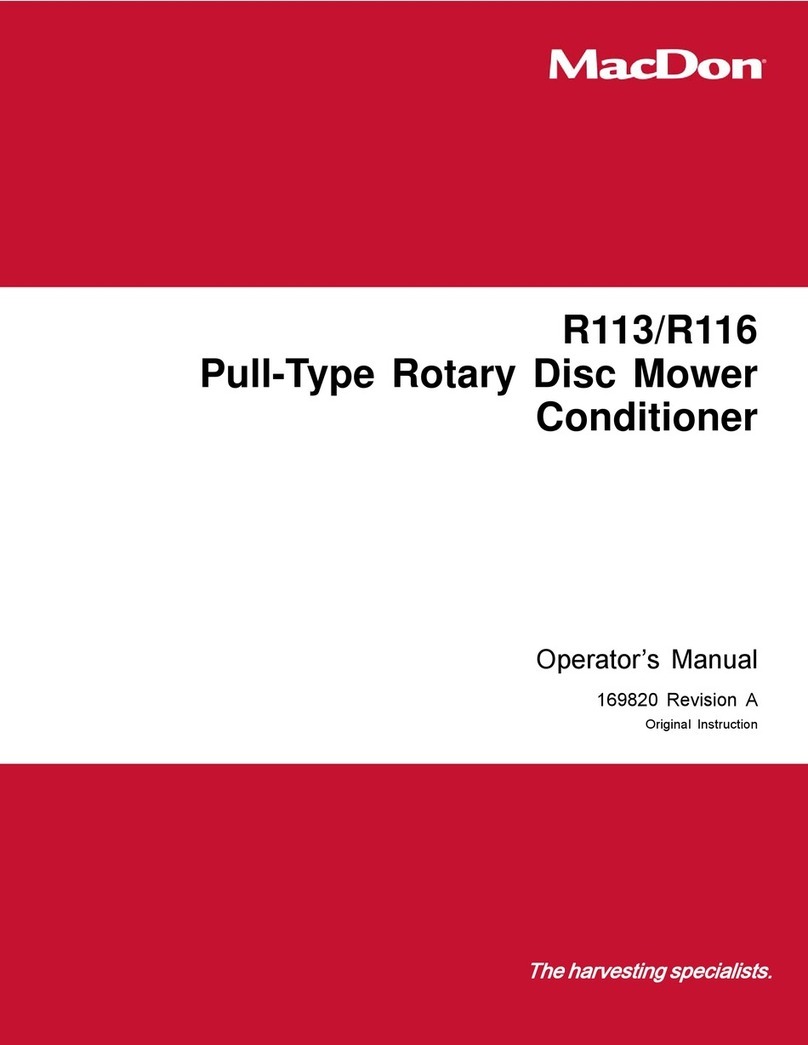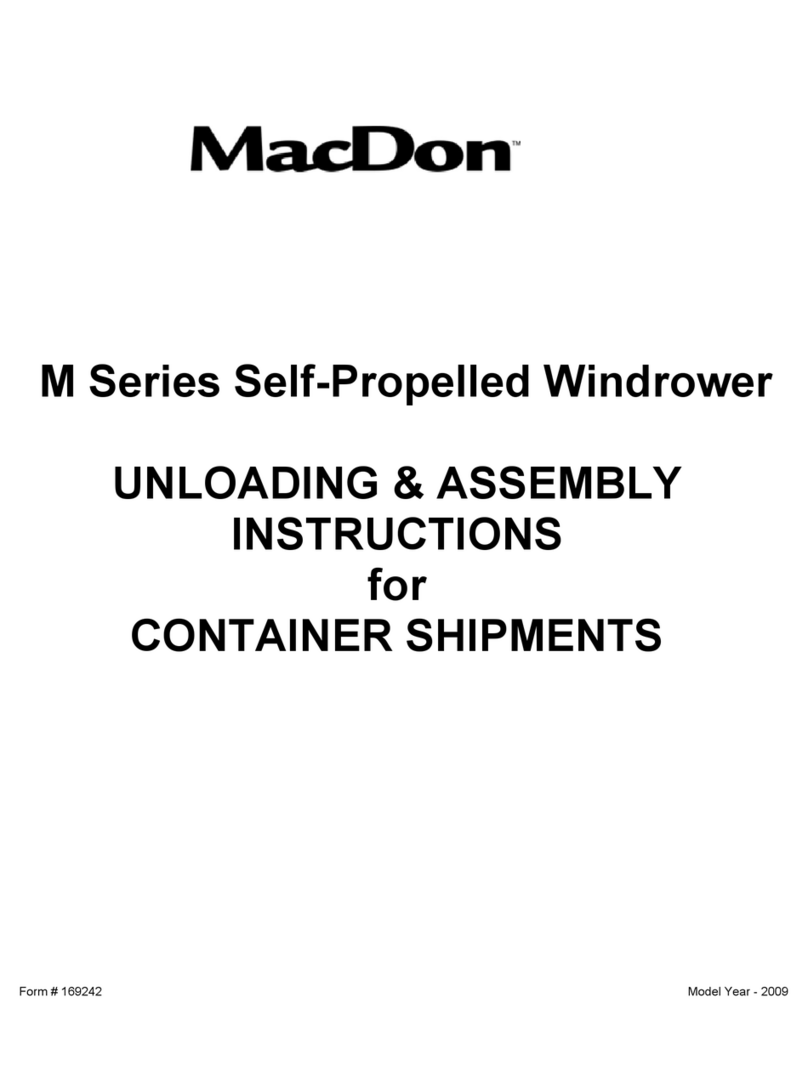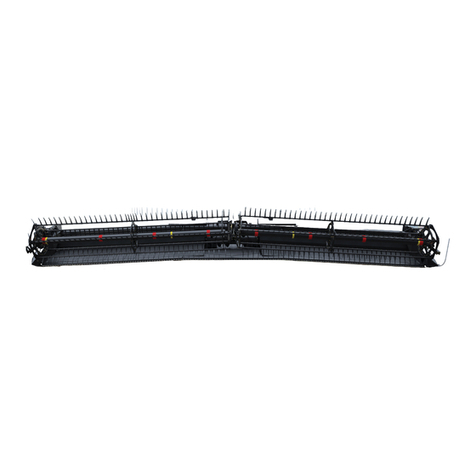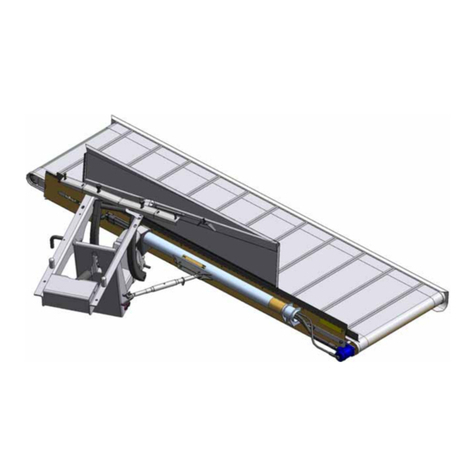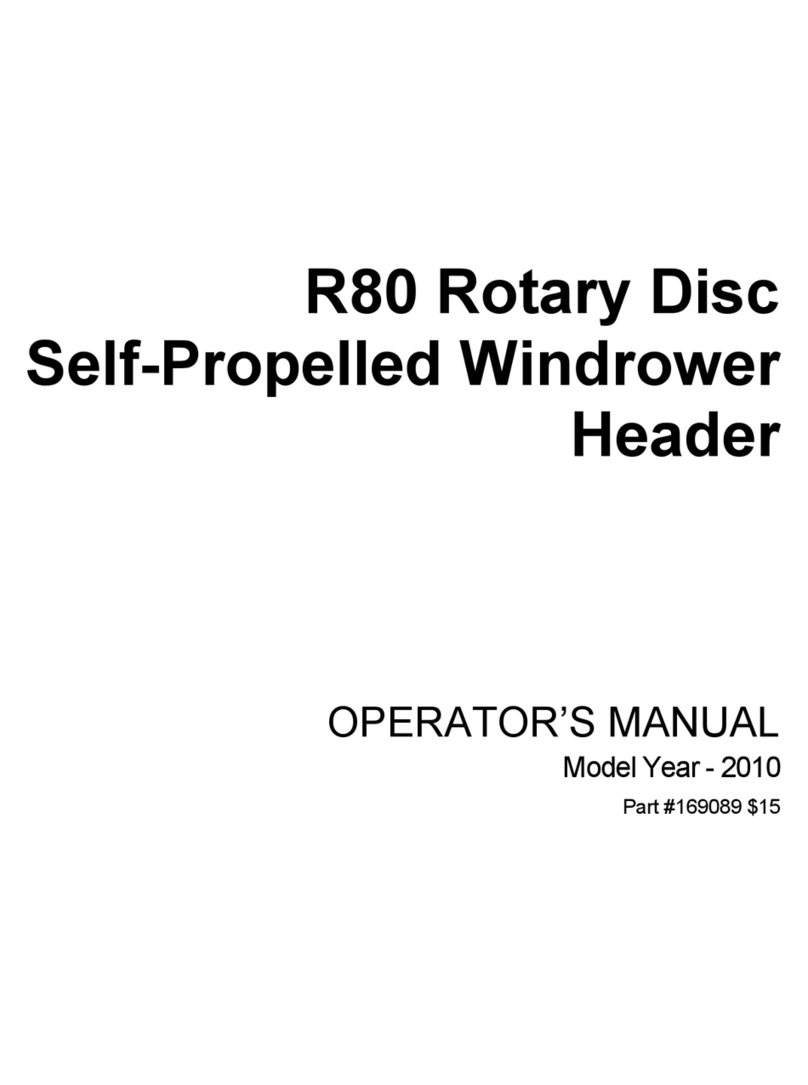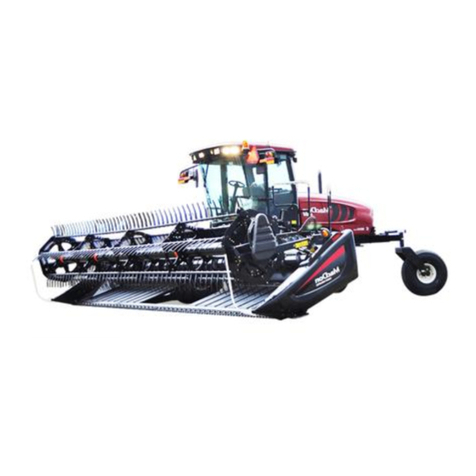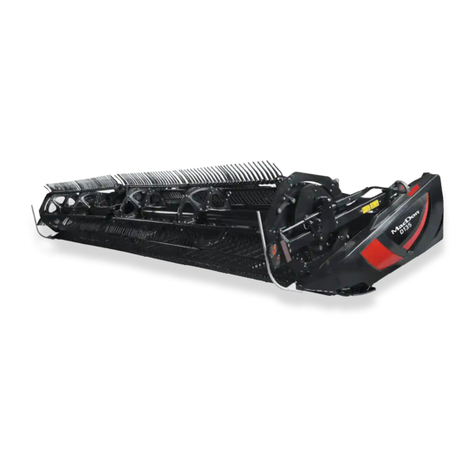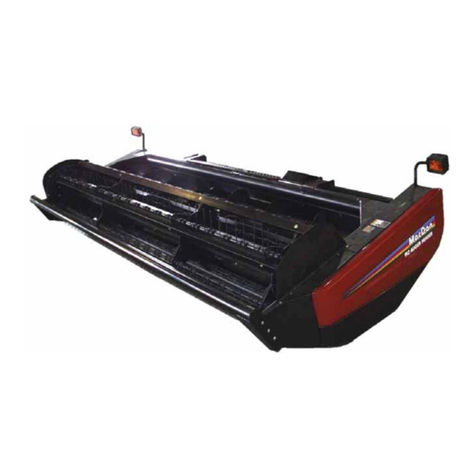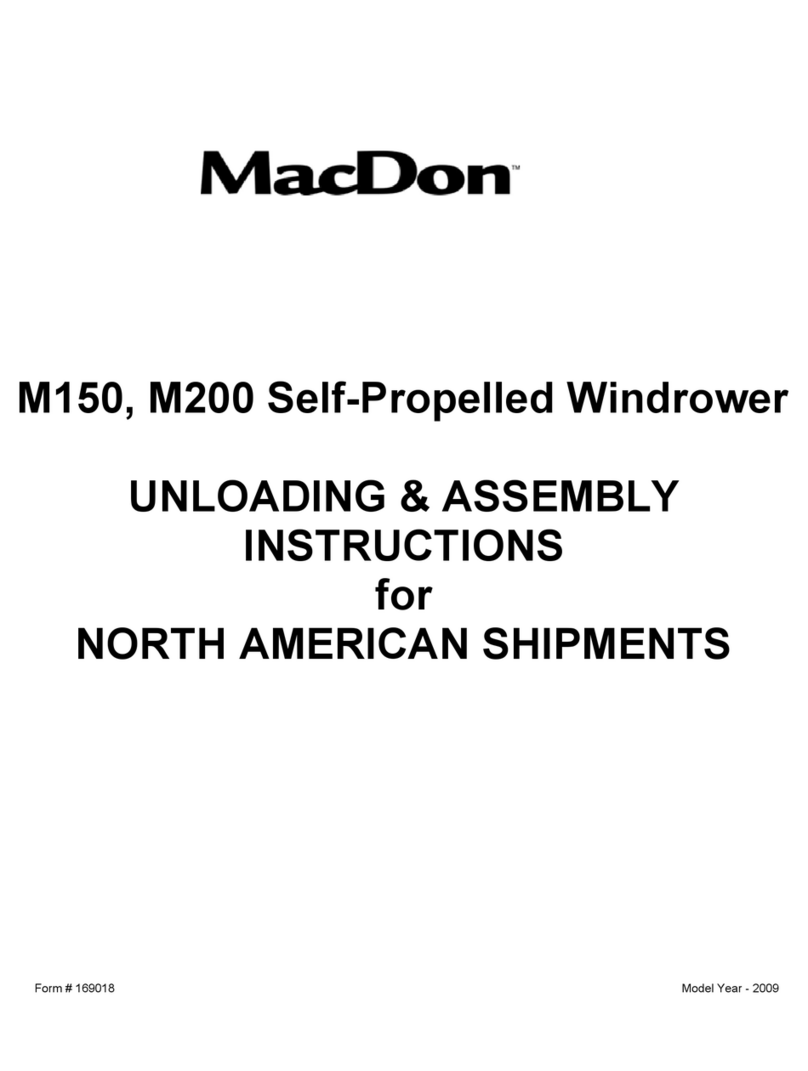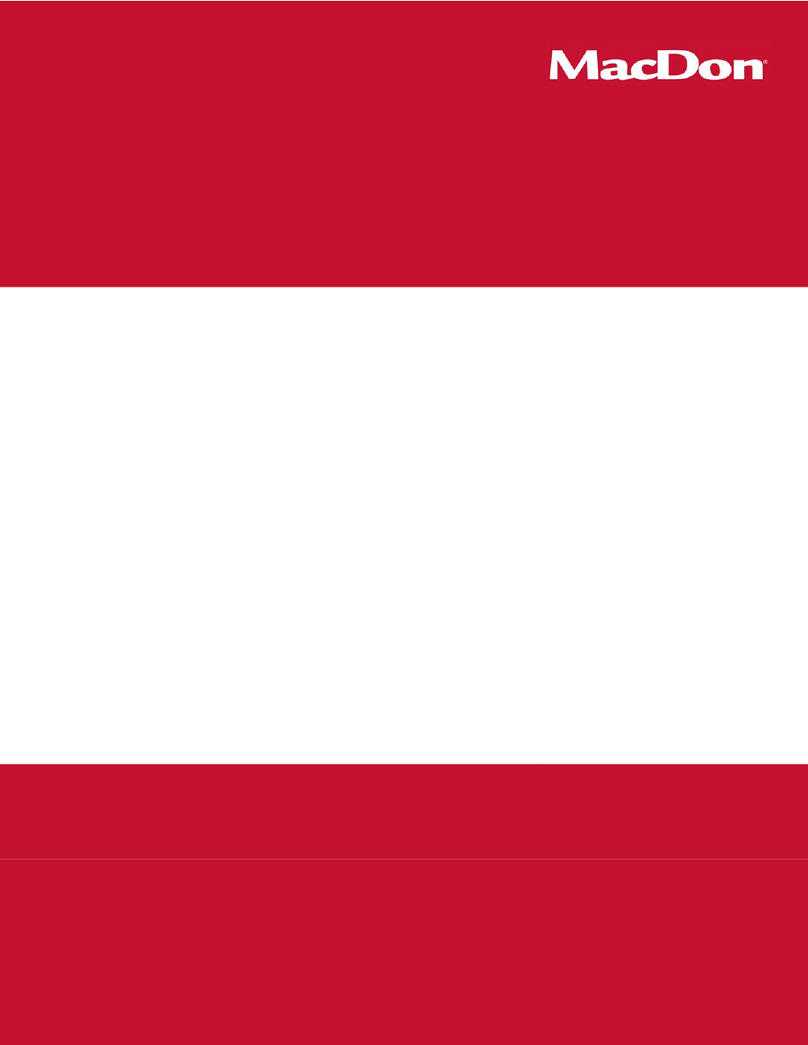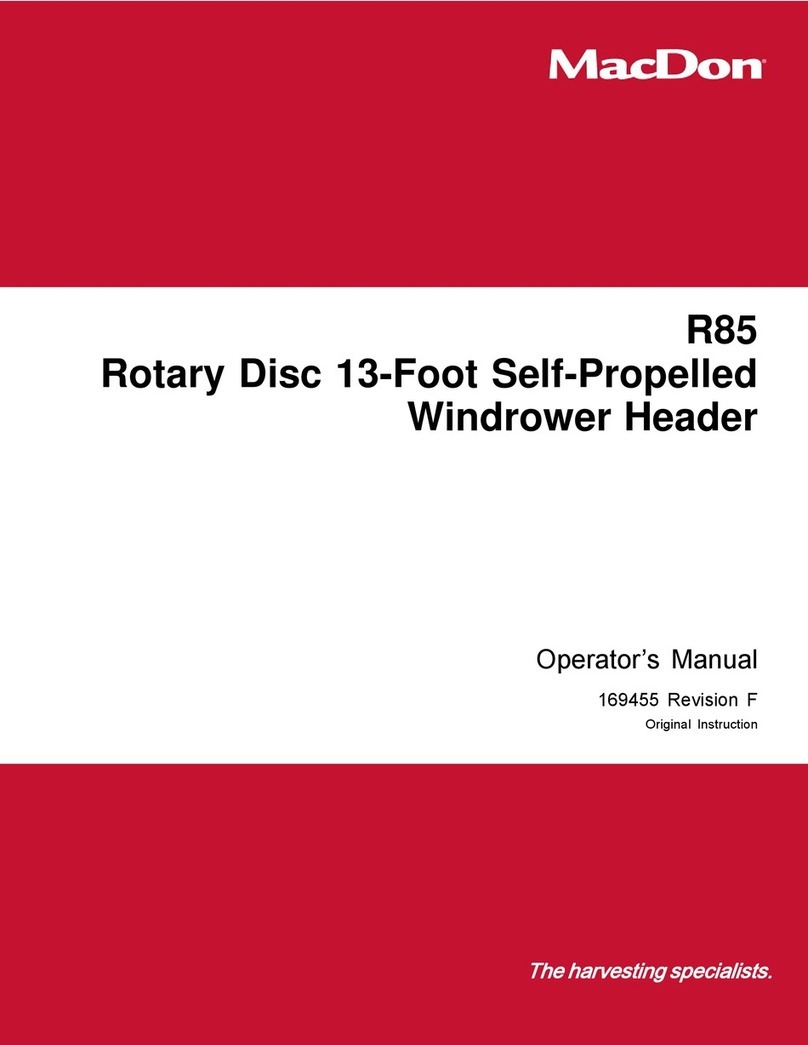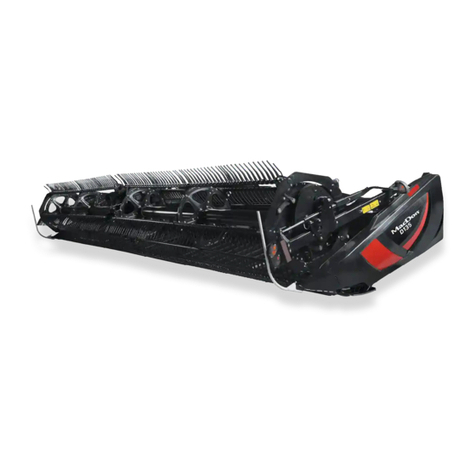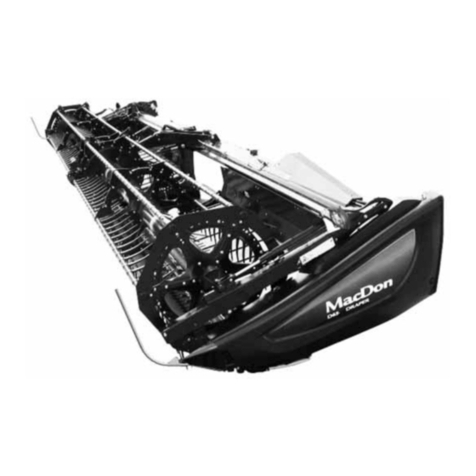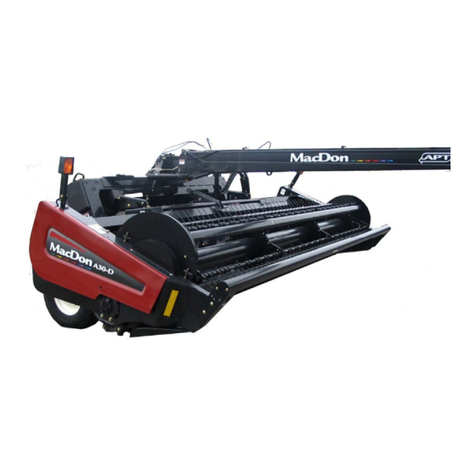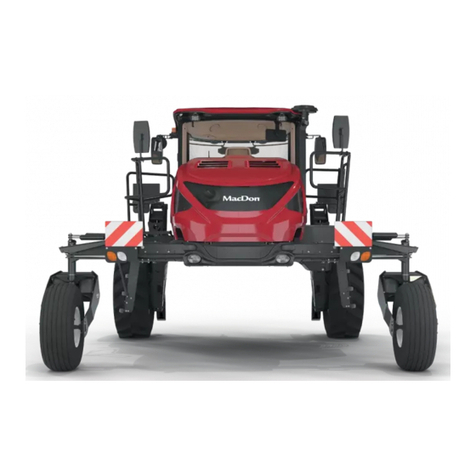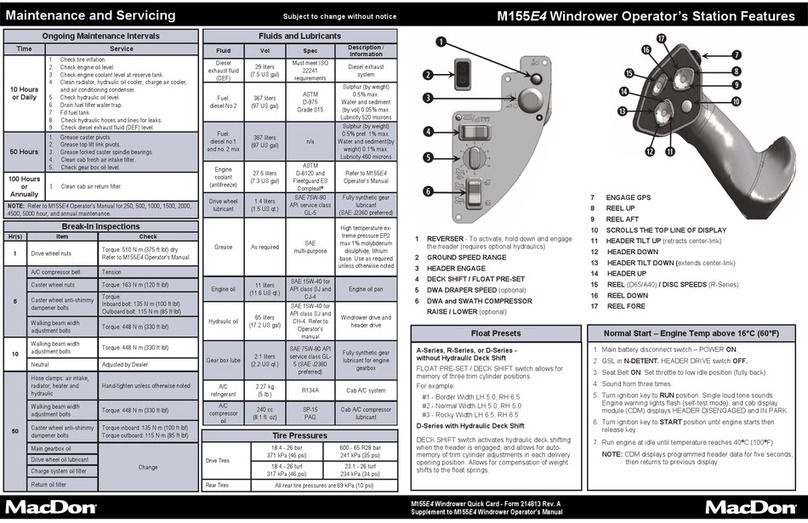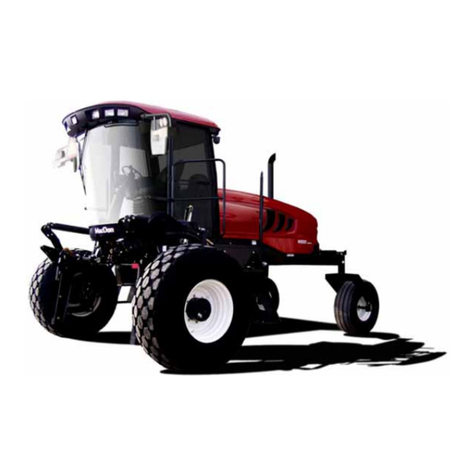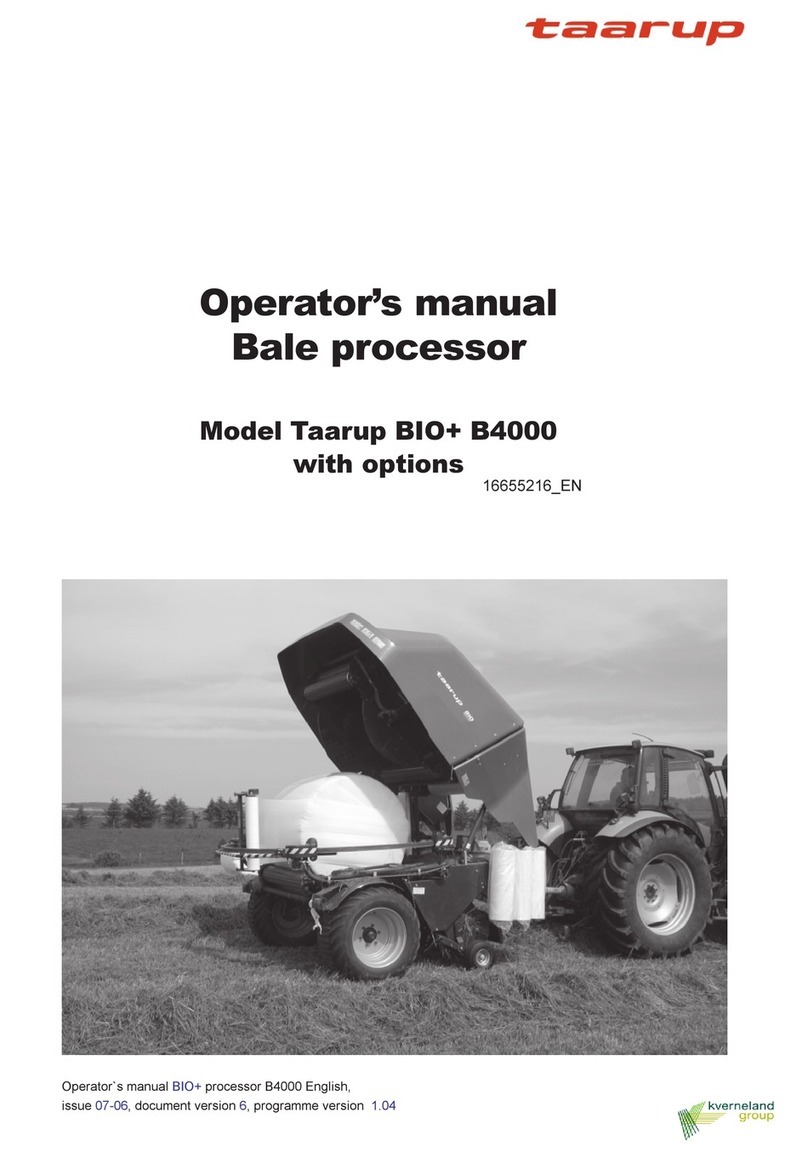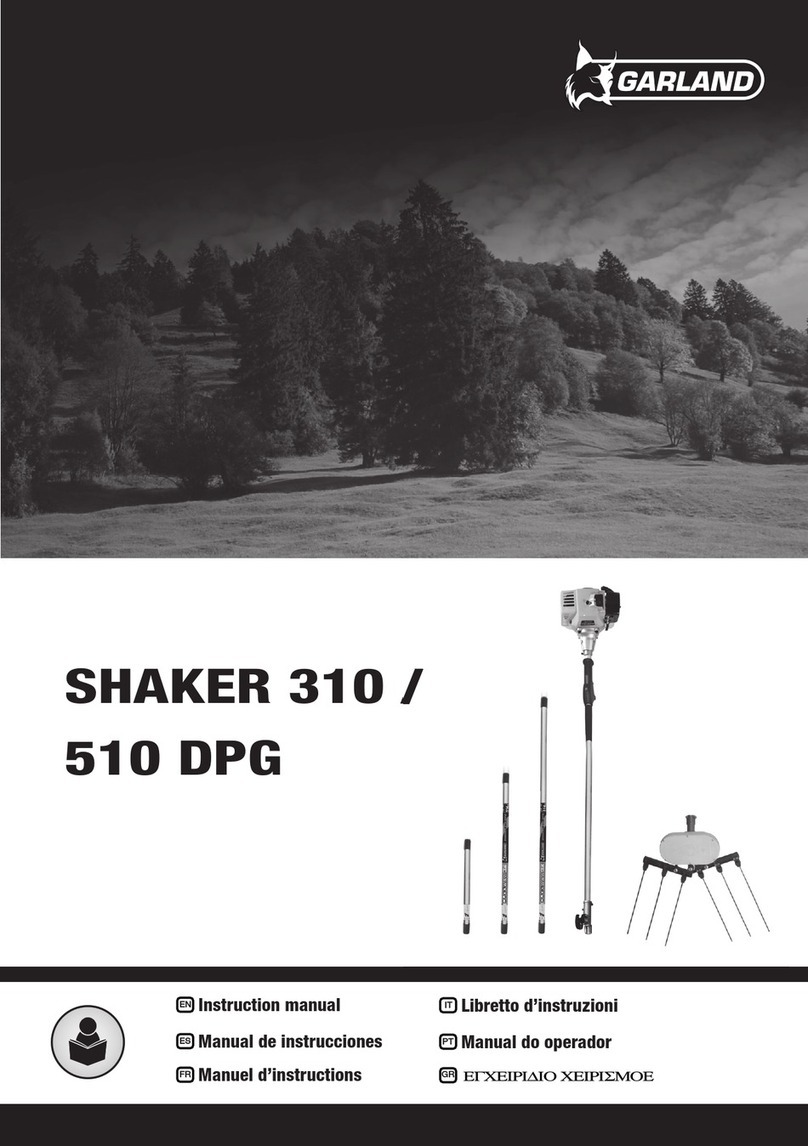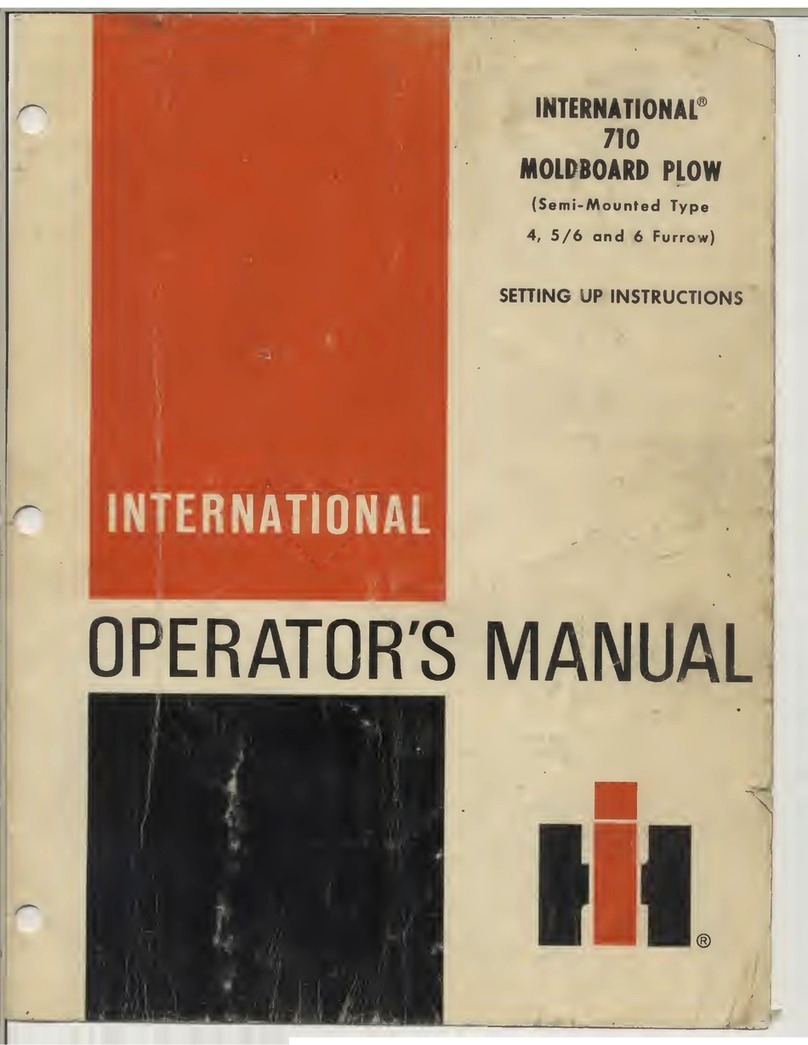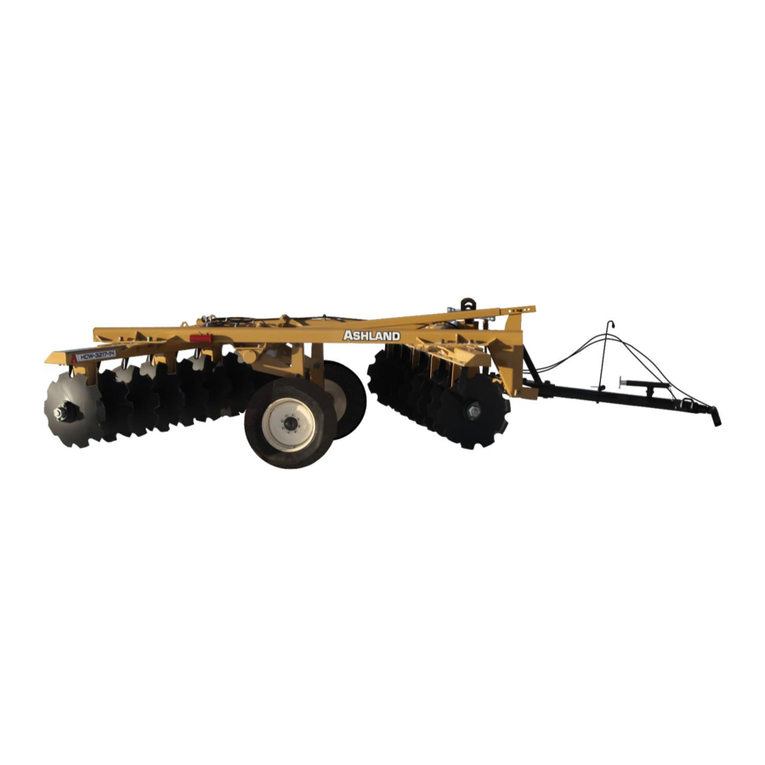
215593 vi Revision A
3.11.5 Running up the Conditioner ......................................................................................................... 50
3.11.6 Storing Manuals......................................................................................................................... 50
Chapter 4: Operation................................................................................................................................ 51
4.1 Owner/Operator Responsibilities ............................................................................................................ 51
4.2 Operational Safety................................................................................................................................ 52
4.2.1 Shutting down the Machine ........................................................................................................... 52
4.3 Attaching Hay Conditioner to Header ....................................................................................................... 53
4.4 Detaching Hay Conditioner from Header .................................................................................................. 54
4.4.1 Detaching Hay Conditioner –Windrower Method.............................................................................. 54
4.4.2 Detaching Hay Conditioner –Lifting Method..................................................................................... 58
4.5 Detaching Feed Draper Deck and Rock Grate............................................................................................. 62
4.6 Break-in Period .................................................................................................................................... 65
4.7 Preseason Check .................................................................................................................................. 66
4.8 Daily Startup Check............................................................................................................................... 67
4.9 Conditioner Operation........................................................................................................................... 68
4.9.1 Roll and Feed Draper Speed........................................................................................................... 68
4.9.2 Adjusting Roll Gap........................................................................................................................ 68
4.9.3 Adjusting Roll Timing .................................................................................................................... 69
4.9.4 Adjusting Conditioner Roll Tension ................................................................................................. 70
4.9.5 Forming Shields ........................................................................................................................... 70
Adjusting Forming Shield Height.................................................................................................... 70
Adjusting Side Deflectors ............................................................................................................. 71
Adjusting Rear Deflector (Fluffer Shield) ......................................................................................... 71
Adjusting Deflector Fins ............................................................................................................... 72
4.9.6 Unplugging the Conditioner ........................................................................................................... 72
4.10 Storing the Hay Conditioner.................................................................................................................. 73
Chapter 5: Maintenance........................................................................................................................... 75
5.1 Preparation for Servicing ....................................................................................................................... 75
5.2 Recommended Safety Procedures ........................................................................................................... 76
5.3 Removing and Installing Driveshields ....................................................................................................... 77
5.4 Lubrication .......................................................................................................................................... 78
5.4.1 Lubricants................................................................................................................................... 78
5.4.2 Greasing Procedure ...................................................................................................................... 78
5.4.3 Greasing Points ........................................................................................................................... 78
5.5 Hydraulics ........................................................................................................................................... 79
5.5.1 Hydraulic Hoses and Lines ............................................................................................................. 79
5.5.2 Hydraulic Schematics.................................................................................................................... 79
5.6 Feed Draper ........................................................................................................................................ 80
5.6.1 Adjusting Feed Draper Tension....................................................................................................... 80
5.7 Drive Belt............................................................................................................................................ 81
5.7.1 Adjusting Drive Belt Tension .......................................................................................................... 81
TABLE OF CONTENTS
